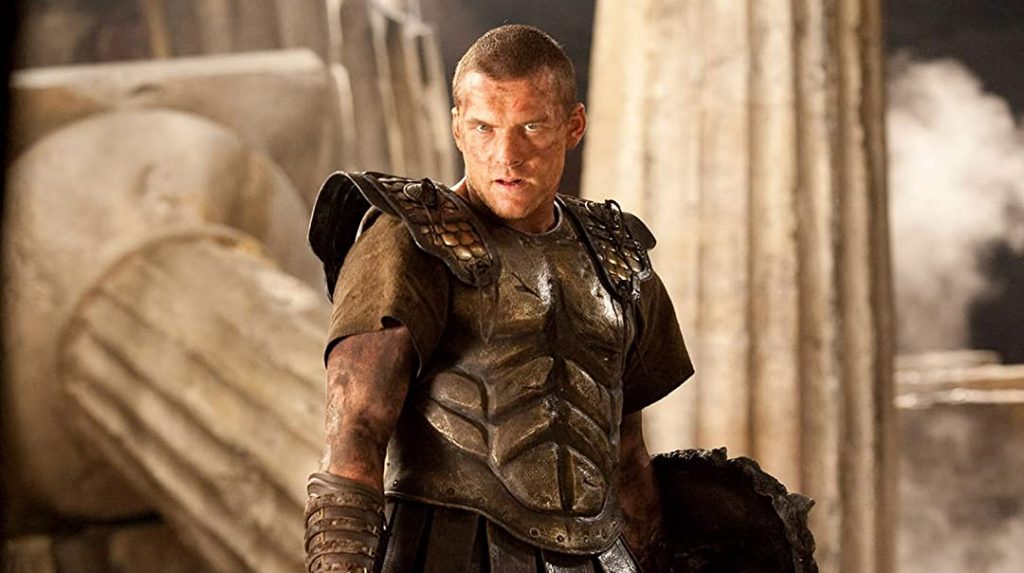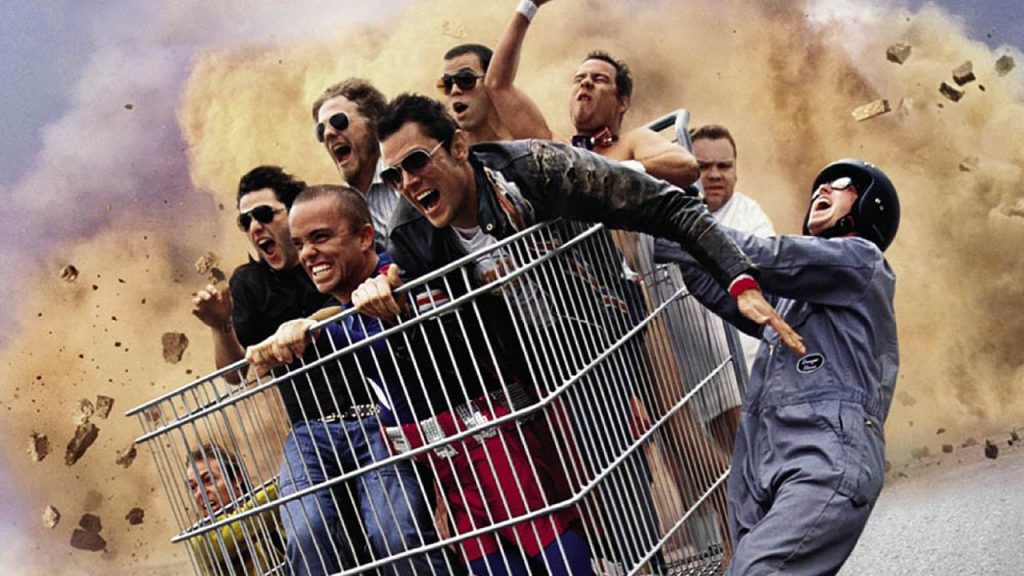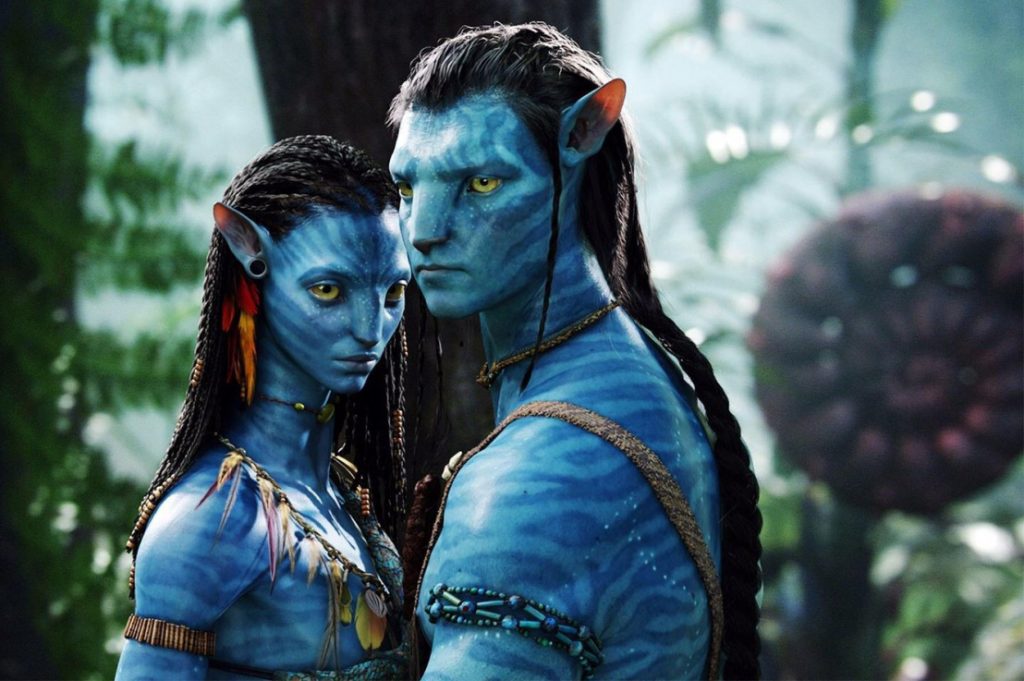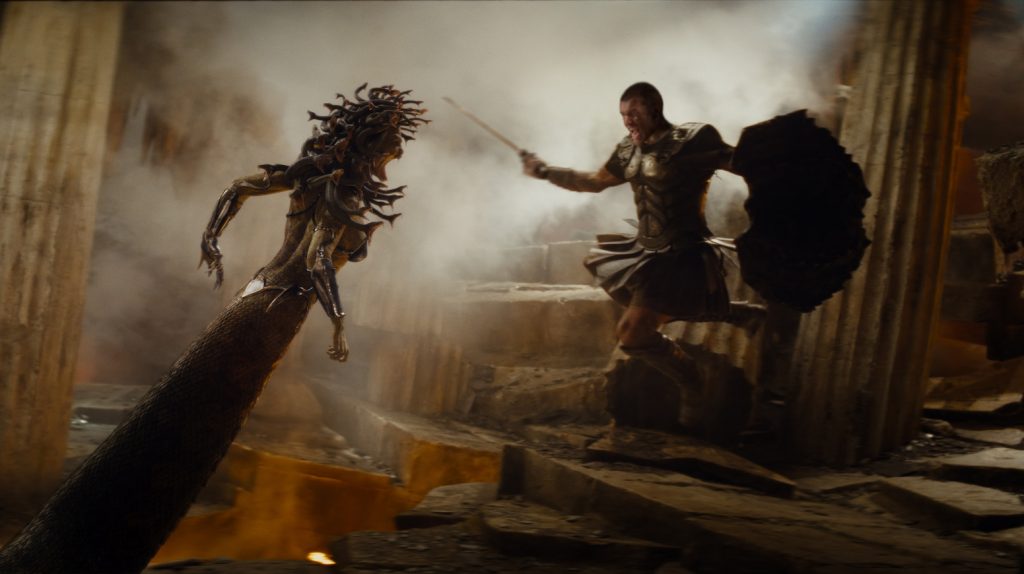In 2010, digital 3D changed movies… for a little while.
“I predict that within five to seven years, all theatrical release films are going to be done in this new 3D to bring audiences into the movie-making experience.”
So said former DreamWorks Animation head Jeffrey Katzenberg in December 2008. For a moment, it appeared that the future Quibi founder was onto something. A new version of 3D, which traded red-and-blue glasses for sleeker frames among other improvements, was being touted by all the major filmmakers as something to watch out for. Peter Jackson, Steven Spielberg, and especially James Cameron were all high on the potential of this technology
But by June 2016, one of 3D’s biggest proponents saw all that potential squandered. Now when he spoke of digital 3D, Katzenberg sounded less like an enthusiastic cheerleader and more like a weary who had just been pulled out of the trenches. “We blew it. … It was a game-changing opportunity for the industry,” Katzenberg told Deadline.
Katzenberg’s words aren’t the only evidence of digital 3D’s decline. Just look at how absent it from modern discussions of cinema. Gone are the days of Cameron and Jackson crowing about 3D. New crops of blockbuster filmmakers like Patty Jenkins and Ryan Coogler had lots on their mind with their respective big-budget enterprises. Rarely was digital 3D at the forefront of their filmmaking ambitions.

How did things go so wrong?
How did digital 3D go from being a gamechanger to returning to its status as a kitschy gimmick? The answers can be found in the year 2010; a year that, ironically, came off one of the brightest times for digital 3D.
As 2010 began, Avatar was still breaking box office records across the globe. Digital 3D had been successful before Avatar but never to this level. To boot, Avatar had redefined where digital 3D could be applied. It wasn’t just animated kids’ movies and concert films that could utilize the technology. Audiences were willing to shell out premium ticket prices to immerse themselves in fare like Avatar, the first PG-13 blockbuster in the format.
It would not be the last. And that would turn into a problem.
Only a few weeks into Avatar’s run, as the future for digital 3D looked brighter than ever, Warner Bros. made a big announcement regarding their Spring 2010 tentpole Clash of the Titans. The project would now be converted into digital 3D; an unheard-of practice for movies that hadn’t been conceived in the format. The result was a box office hit, with Clash of the Titans making nearly $500 million worldwide. But responses to its rushed digital 3D conversion were resoundingly negative. ScreenRant dubbed Titans’ 3D “awful and distracting” while The Hollywood Reporter remarked that “the 3D barely registers”.
Most critical of all of this move was Katzenberg, who expressed to Los Angeles Times his concerns about Titans lowering the bar for digital 3D fare. “We’ve seen the highest end of [3-D] in Avatar and you have now witnessed the lowest end of it [in Titans],” Katzenberg observed to the outlet. “You cannot do anything that is of a lower grade and a lower quality than what has just been done on Clash of the Titans. It literally is ‘OK, congratulations! You just snookered the movie audience.’ The act of doing it was disingenuous. We may get away with it a few times but in the long run, [moviegoers] will wake up. And the day they wake up is the day they walk away from us and we blew it.”
Katzenberg’s comments turned out to be prophetic.
Avatar was only four months old yet the tone of digital 3D was already shifting. Also shifting was the number of moviegoers who would show up for digital 3D showings. Toy Story 3’s otherwise impressive opening weekend came with a caveat that only 60% of its grosses were from 3D screenings. That was a drop of 10% from when Alice in Wonderland generated 70% of its opening weekend revenue from 3D screenings just three months prior.
As the summer of 2010 wore on, this trend became more apparent.
The Last Airbender only grossed 54% of its opening weekend from 3D screenings. To boot, the toxic reviews of Airbender, another movie rushed into 3D during post-production, only further sullied the reputation of the format. By the end of the summer, digital 3D was once again the domain of gimmicky movies like Resident Evil: Afterlife and Piranha 3D. Meanwhile, the two biggest live-action blockbusters of the summer, Iron Man 2 and Inception, had managed to secure massive box office grosses without the aid of digital 3D. While the biggest hits of the year eschewed 3D entirely, some of 2010’s biggest bombs, like My Soul to Take, leaned heavily on the format.

The news wasn’t all bad for digital 3D.
In October 2010, Jackass 3D, of all movies, restored some of the format’s luster by scoring a massive box office haul. Though loaded with juvenile humor, Jackass 3D did signal a return to more thoughtful uses of digital 3D. Rather than being post-converted into the format, Jackass 3D was conceived for the format and made ample use of it in its gross-out gags. Whatever you want to say about it, Jackass 3D gave moviegoers plenty of bang for their 3D supercharged-bucks.
Still, Jackass 3D was the exception, not the norm. By the time the end of the year rolled around, the thoughtful event uses of digital 3D were the exception, not the rule. Exactly one year after Avatar premiered, the domestic box office was littered with digital 3D titles, but none of them were excelling financially. A digital 3D movie didn’t have to do exclusively Avatar-business to be successful; but films like Yogi Bear and The Voyage of the Dawn Treader failed to be hits on their own terms despite having those extra-expensive 3D ticket prices at their back.
The final weekends of the month exemplified the strange place digital 3D was trapped in. While December 2010 tentpole Tron: Legacy managed to secure 82% of its opening weekend gross from 3D showings, the final 3D release of 2010 was the notorious box office flop Gulliver’s Travels. The year Avatar had begun with a bang ended on a whimper. Though 2010 had come to a close, the ripple effects the year would have on digital 3D were far from over.
Problems persisted in the following year as digital 3D screenings began to draw fewer and fewer viewers.
In May 2011, Kung Fu Panda 2 drew only 45% of its opening weekend grosses from 3D showings. That was a sharp decline from Shrek Forever After; which made 61% of its opening weekend from 3D screenings just one year prior. This trend of sub-50% 3D shares persisted throughout the entire summer with other titles like Cars 2 and Green Lantern. Even big event movies were no longer immune to digital 3D fatigue.
As 3D continued to wither over the Summer of 2011, Katzenberg once again provided insight into what was going on with the format. “We have disappointed our audience multiple times now, and because of that I think there is genuine distrust,” Katzenberg said to The Hollywood Reporter in June 2011. “Whereas a year and a half ago, there was genuine excitement, enthusiasm and reward for the first group of 3D films that actually delivered a quality experience.”
The fatigue Katzenberg was responding to has continued well into the modern-day movie landscape.
Pre-pandemic, movies put digital 3D screenings out of a sense of obligation and to appease foreign markets like China. Movies now draw so little of their domestic revenue from digital 3D showings that studios stopped reporting how much 3D contributed to open weekend grosses around 2014. Even IMAX is conscious of the shrinking presence of digital 3D in the domestic marketplace. In 2017, the company announced they would begin to ditch 3D screenings for domestic releases.
Save for a handful of titles like Gravity or The Martian, moviegoers have widely opted for 2D releases in the last decade. This even though industry leaders like Jeffrey Katzenberg were certain that a new golden age was inevitable for the format. It’s a dwindling life cycle that started spiraling right around 2010, an era when Hollywood could finally beat the 3D gimmick well past its prime.

Why hadn’t Hollywood done this before Avatar?
Partially, it’s because Avatar was the first movie to suggest that big-budget all-ages fare could thrive in the format. But the avalanche of cheap 3D titles was initially made impossible by technological restrictions. As late as early 2010, digital 3D screens in movie theaters were not an everyday sight. Not all locations could play multiple digital 3D titles at a time. This meant very careful scheduling that would allow digital 3D titles to play for multiple weeks at a time before a new movie came along to take those screens.
This trend is perfectly reflected in the first two months of 2009. My Bloody Valentine 3D was the first digital 3D title of the year, debuting in mid-January. It was able to run its course for three weeks before Coraline took over those 3D screens. Coraline did the same thing when The Jonas Brothers 3D Concert Experience opened at the tail end of February 2009.
Concerns for screens did persist into the early part of 2010. Most notably, Katzenberg expressed displeasure with Warner Bros. for rushing Clash of the Titans into 3D. This was because Titans would be taking away 3D screens from How to Train Your Dragon, which was set to open a week before WB’s fantasy blockbuster.
But as theaters converted more and more of their screens in the wake of Avatar’s monumental success, the gloves were off.
Suddenly, the delicate scheduling that had allowed digital 3D movies to feel like actual events was gone. With plenty of room for every movie to be presented in digital 3D, the format, and moviegoers’ perception of it, began to suffer.
Of course, the problems related to digital 3D don’t lie on the shoulders of movie theaters converting their screen. The principal blame lies with movie studios, who rushed their movies into digital 3D. Titles like Gulliver’s Travels were never conceived for the format but were hastily converted into 3D less than a year before their release. In the process, a glut was created that diminished the specialness of the format.
Looking back over what happened to digital 3D, from its initial days of promise to its modern-day state of obscurity, one can’t help but feel a sense of melancholy.
Sure, the format’s primary purpose was always to increase ticket prices so that major studios could earn more money. But even all these years later, the late-2000s enthusiasm of filmmakers like James Cameron and Peter Jackson had for the format proves infectious. All the potential they saw in this medium was wiped out by greed. Just like major studios are doing with streaming services in 2020, audiences got a deluge options for digital 3D in 2010 that turned a unique new novelty into a gimmick.
In that June 2016 interview with Deadline, the outlet makes an offhand mention that Katzenberg hasn’t given up on digital 3D just yet. “He’s hopeful Avatar 2 makes up some ground to regain that good will,” wrote Deadline. All these years later and hope was still springing eternal for the format.
The future of theatrical moviegoing itself is in a state of flux currently, let alone the state of digital 3D. But maybe that same hope Katzenberg expressed in that interview will spread to other members of the film community and give digital 3D a resurgence. Perhaps all the hype and promise that accompanied the arrival of digital 3D will finally be fulfilled.
Header: Clash of the Titans (Warner Bros.)
About the Author
You may also like
-
Big in Japan: The Niche Genre of Asian Films That Never Lost the Fun
-
Screaming, Crying, Laughing — Why Can’t We Get Enough of Gruesome Comedy?
-
A Brief Exploration of LGBTQ+ Depictions in ’80s Cinema
-
The Politics of ‘Attack on Titan’: Reality or Fiction?
-
Celebrating the Magic of Black Witchiness in Entertainment

